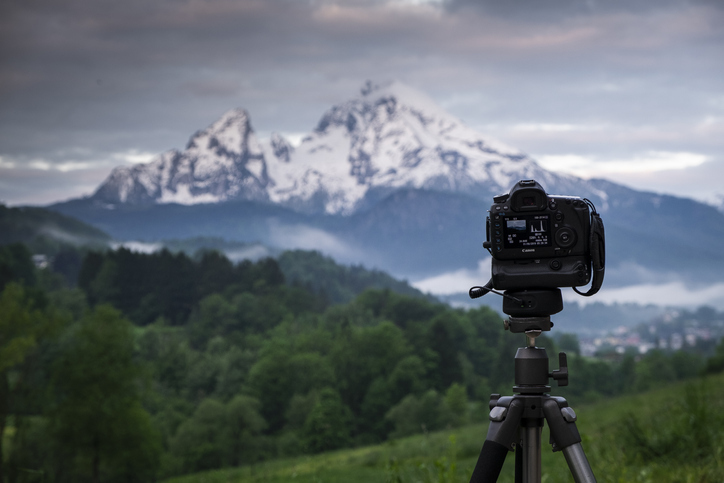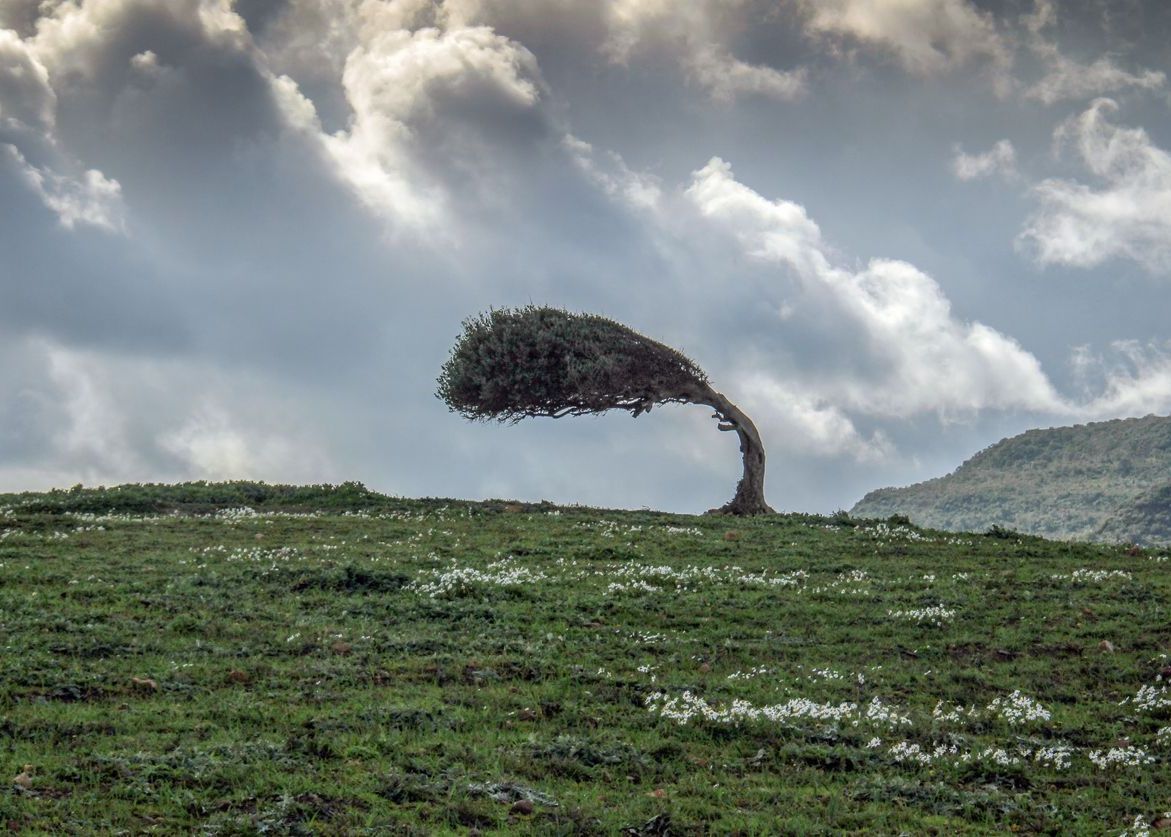- Startseite -
- Digital Bavaria -
- Blog #bytevaria - The Oktoberfest – how millions of people get cosy together
The Oktoberfest – how millions of people get cosy together
Tradition, an economic factor and an export hit: Munich’s Theresienwiese was still a field outside the city more than 200 years ago - today it’s one of Munich’s landmarks, due to the Oktoberfest alone. The “Wiesn” is perhaps the best advertisement for Bavaria in the world – a really great, colourful and lucrative one. We look at the festival’s figures.
It’s the biggest festival in the world and has been a good reason to visit Munich since 1810. The Oktoberfest dates back to the wedding between Crown Prince Louis and Princess Therese and a horse race that was held on the Theresienwiese in honour of their wedding. That’s where the Bavarian or Munich expression for the festival comes from: “d’Wiesn”, feminine and singular. So you say: “Wir waren gestern auf der Wiesn!” (We were at the Wiesn yesterday!). Even the online version of the Duden standard dictionary for German spelling knows this since the start of this year.
In the meantime, Munich city administration organises the Oktoberfest and the total turnover is quite remarkable every year: roughly half a billion euro. The Wiesn’s other key figures are just as impressive. More than 6 million visitors (6.2 m) came to Munich from all over the world in 2017. Where the people come from is established using the withdrawals from the ATMs set up on the festival ground. According to these, it was mainly US Americans, then Italians, Swiss, Brits, Austrians and French but also many others from countries all around the world.

What all visitors have in common is a thirst for beer. Last year they drank 7.5 million litres of beer at a cost of currently up to EUR 10.95 per “Mass” (1 litre jug) of Wiesn beer. That kind of day at the Oktoberfest also makes you hungry: the festival beer tent kitchens used 127 oxen and 59 calves in total in 2017 and the number of roast chicken is way over the 400,000 mark. The Munich breweries’ beer tents provide space for 119,000 guests in total. The largest beer tent, the Hofbräu tent, has 9,991 seats alone. The smallest are Cafe Schiebl and Cafe Guglhupf with 60 seats each.

The last Oktoberfest was also one of the longest due to the public holiday on 3 October: Everything revolved around the large area of just under 35 hectares in the heart of the Bavarian capital for 18 days. To the delight of the more than 500 business who are involved in this festival with 8,000 permanent and another 5,000 alternating employees.
Roughly 13,000 people work at the Oktoberfest
At the end of the long two weeks last year, 3.25 million kilowatt hours of electricity had flowed and 224,000 cubic metres of gas had been burnt. All the Wiesn’s public areas and more and more fairground rounds have been supplied with green electricity since 2000. Guests left more than 4,000 items behind. These included 1,300 ID cards, 520 mobile phones, two crutches, one drinking horn and a set of false teeth.

90 tonnes of rubbish were also left behind – five tonnes less than the previous year. As environmental protection is given top priority at the Oktoberfest. As a result, there have been regulations since 1991 to make a visit to the world’s largest festival ecologically sustainable. Besides the previously issued ban on disposable tableware, you can only find real porcelain on the beer tables today, the measures range from reducing waste and water consumption to the assortment of organic treats and regional products on offer and the use of biodegradable lubricating oil on the rides. In many small and large beer tents, the beer jug dishwashers’ rinsing water is not fed into the waste water channel but used for the tent toilets. All these aspects are considered as “eco points” in a rating system when issuing permits for the roughly 550 catering businesses, rides and entertainers at the Wiesn.
And note! According to statistics, FC Bayern is almost invincible during the Oktoberfest. FCB only suffered one defeat in the last 20 matches played between the end of September and start of October: a 0:1 against Atlético Madrid.
The Wiesn has proved to be an export hit in the meantime too:
- China, Qingdao: 2 -3 million visitors
- Brazil, Blumenau: 700,000 visitors
- Canada, Kitchener-Waterloo: 700,000 visitors
- USA, Cincinnati: 500,000 visitors
By the way, Munich’s Oktoberfest starts on 22 September this year and runs until 6 October. So we’ll see each other again soon when it’s time to toast: “Ein Prosit der Gemütlichkeit”!

How Companies are Mastering Today’s Challenges with Resilience

Five minutes with… Casper van het Hof, CEO IAZH GmbH


![[Translate to English:]](https://ik.imagekit.io/sgliwi1izsz/media/images/team_2021/mitarbeiter/Hr.Julian.Hechler_klein_V1.jpg?tr=w-1024 1024w, https://ik.imagekit.io/sgliwi1izsz/media/images/team_2021/mitarbeiter/Hr.Julian.Hechler_klein_V1.jpg?tr=w-1280 1280w, https://ik.imagekit.io/sgliwi1izsz/media/images/team_2021/mitarbeiter/Hr.Julian.Hechler_klein_V1.jpg?tr=w-1536 1536w, https://ik.imagekit.io/sgliwi1izsz/media/images/team_2021/mitarbeiter/Hr.Julian.Hechler_klein_V1.jpg?tr=w-1920 1920w)